From the beginning of last year to the new millennium - in early 2000, the paper industry in the Mainland and many advocacy media were very concerned about a new concept and new type of paper. Its name was Lightweight.
What is light coated paper? It is the abbreviation of lightweight coated paper, and some people call it a low-weight coated paper. Its English name is LWC paper (Light Weight Coated Paper) is internationally common, and it is called a drawing paper or lightweight coated paper in Taiwan. .
meaning
Lightweight paper refers to a type of coated paper that has a lower basis weight. It uses a thin layer of paint (made of calcium carbonate, cationic starch, etc.) on both the front and back of the base paper, and is supercalendered to improve its physical properties and printability. The fiber material of the light-coated paper is generally 40% of the softwood bleached chemical pulp; and the mechanical pulp (or TMP, CTMP) accounts for 60%. In this way, production costs can be greatly reduced. The basis weight of the base paper is low, about 40~50g/2. The coating amount is usually 6 to 10 g/2 (one-sided). Therefore, the weight of the light-coated paper is in the range of 52 to 70 g/2, which is the sum of the basis weight and the coating amount on both sides.
Features
What are the characteristics of light coated paper?
One is the high quality. From the paper's performance, the light-coated paper is between the coated paper and the offset paper, and the color printing effect can be comparable to the coated paper. It also has good opacity and smoothness, as well as printability and high gloss (including paper gloss and print gloss). This provides a solid foundation for printing quality publications.
The second is the low cost. Since lighter-coated papers are made with cheaper mechanical pulp (as opposed to bleached chemical pulp), the input in raw material costs is reduced by about 30%. This will make it possible to expand sales and improve efficiency.
The third is high added value. Lightweight paper is processed paper, which is more expensive than ordinary offset printing paper. But it is much cheaper than coated paper that is coated with all chemical wood pulp. Obviously, increasing profits from sales has become an inevitable result of logic.
By the way, because the quantity of light coated paper is generally lower than coated paper, it can reduce the postage of Airmail, so it is popular with magazines, newspapers, and print magazines that are distributed globally or widely.
However, due to the low durability of light-coated paper (which is caused by the presence of a large amount of mechanical pulp in the base paper, compounds such as lignin remaining in the mechanical pulp cause discoloration, brittleness, and breakage of the paper sheet). More suitable for printing prints that do not require long-term preservation.
use
LWC paper is widely used in print magazines, catalogues, advertisements, trademarks, and newspaper specials (insert pages). In the United States, 52% of LWC paper is used to print magazines, such as Reader's Digest. Each issue prints tens of millions of copies in 19 languages ​​(eg, more than 260 pages in English each issue). The text of this magazine is printed on LWC paper. In addition, 25% of LWC paper is used for catalogs; 20% of printed advertisements. In Europe, 42% of LWC paper is used for print magazines, 30% for advertising, and 22% for catalogs. In more developed countries and regions, the increasing demand for LWC paper is mainly due to the huge impetus for the development of advertising and color printing. According to reports, 95% of the world's mail-order business is currently concentrated in the United States, Europe, and Japan, and the largest mail-order markets are the United States, Germany, Japan, France, and the United Kingdom. These five countries account for 90% of total mail-order sales.
In terms of the environment, although the commercial advertising industry has been challenged and competed with the increasingly popular electronic media, such as TV shopping, telephone ordering, online mailing, faxing, etc. However, the commercial advertising and catalog market is still quite active. In order to save time and convenience, people like to take a paper print (of course, color printing) and read it freely without time and place restrictions. In the past, the coated paper that the advertising industry was keen to use was partly replaced by LWC paper because of its large quantity, heavy weight and high cost. Moreover, general television advertisements can only undergo short-term stimulation and forget about them. However, printed advertisements have long-term effects and can be repeatedly circulated and recalled. Comparing the two, the increasing demand for LWC paper is understandable.
produce
The production of LWC paper is more complicated than ordinary printing paper. In addition to using separate slurries for separate slurries, the preferred paper machine is a nip former and the headbox is closed to ensure a speed of 1200 to 1500 m/min. The base paper produced on this type of paper machine can be coated in a paper machine and then sent to the outside of the machine and processed by a super calender. The on-line coating device in the machine is a light applicator installed between the press section and the drying section. The paper web is light-coated and then heated by a drying oven to facilitate the drying of the coating coating and prevent the paper from sticking. phenomenon. The two coating processes are advantageous for improving the quality of the paper.
The light coating applicator consists of a combination of feed roll, back roll and doctor blade metering. The dope was metered by the spatula head and sent to the back roller. The coating applied to the back roller was then transferred to the web. The passage of the paper web between the two rollers can overcome or avoid paint splashes and can help increase the speed of the vehicle. The coating amount of the coating is required to be uniform, otherwise it is easy to produce "orange peel" paper disease.
The coating of LWC paper is made of calcium carbonate (precipitated calcium carbonate, ie PCC, particle size less than 2 μm), china clay, together with carboxymethyl cellulose (CMC), cationic starch, latex, etc. Excellent rheology and water retention, as well as the performance of lubricating scrapers, to ensure reliable coating quality after processing. According to different varieties, if the paint is changed every time, the modulating device and the pipeline must be cleaned to prevent the deposits from adversely affecting the LWC paper products or causing side effects.
development of
The history of ordinary coated paper is very early, and light coated paper was born about the end of the 1960s. In the mid-1980s, Finland developed a machine finished coated paper (MFC Finished Coated Paper) referred to as MFC paper. This paper coating operation and calendering process are completed in the (paper-making) machine, thereby reducing the investment cost and reducing the labor intensity. The quantification of MFC paper is between 52 and 70g/2, and its smoothness is not as good as LWC paper, but its whiteness and bulk are both higher than the latter.
In 1992, the global papermaking market was in recession. In order to increase the proportion of mechanical pulp in printing paper without reducing its quality. German research has succeeded in a new breed called Film Coated Offset Paper, abbreviated as FCO paper. The main characteristic of this kind of paper is to produce a coated paper with a basis weight of 51~60g/2 through a film coating process, and has high opacity and bulkiness. At the same time, its coating method is particularly suitable for low strength. Most mechanical pulp (or waste pulp, even straw) base paper. Some people think that FCO paper represents the development direction of light-coated paper in the future.
As the reader's demand for whiteness of the paper is getting higher and higher (in fact, this is not entirely correct), the paper production of light-coated paper will adopt more neutral papermaking technology in the future. Neutralized light-coated paper is already common in Europe; in Japan, most coated papers containing mechanical pulp are also “neutralizedâ€. However, dry acid papermaking is still in North America. The development of coating process, as the protagonist of coating pigments - the use of calcium carbonate will certainly increase, especially the amount of precipitated calcium carbonate (PCC) and ground calcium carbonate (GCC) may increase to 20% to 50 %. Furthermore, the rise in postage in countries will reduce the amount of light-coated paper, even as low as 35g/2, and the total coating amount (both sides) will reach 8g/2. It is understood that light-coated paper with a basis weight of less than 51g/2 is used in North America, which accounted for 18% of the total paper used in 1992 and is estimated to rise to 35% by 2002. The user's gloss requirements for light-coated paper are not too harsh, but the gloss of printing is highly valued. From the perspective of the development trend of the printing industry, the proportion of gravure printing will decrease, and the demand for high-speed web offset printing paper will increase rapidly. The combination of offset printing and paper (especially light coated paper) may cause problems. More people (and, of course, ink workers' participation) are interested.
status quo
Now, light-coated paper has become a hot topic in printing paper at home and abroad. For the time being, let's not talk about what the foreign countries are going to do recently. In general, the development of this kind of paper is quite fast, and its production level and product quality have been significantly improved. Taking the statistics from 1993 to 1995 as an example, the growth rate of LWC paper is 8.5%, which is more than the global value of the same period. The growth rate of paper species (about 4%) is more than one times higher. However, the production of FCO papers has been catching up with the trend of LWC paper. It is really the wave behind the Yangtze River pushing the waves.
According to the “Ninth Five-Year Plan†put forward by the State Press and Publication Administration, by the year 2000, the printing industry in the Mainland China will implement computer laser photocopying technology, and lead-lead printing (common letterpress printing) will cease to exist. From 2000, after 5 years, letterpress paper was basically replaced by offset book paper and other paper types (such as light-coated paper). It is predicted that the market demand will be 40,000 to 450,000 tons, accounting for only 10% to 12% of the annual printing paper.
The domestic light-coated paper industry started late. From the 1980s onwards, several in-house coating units were introduced from Europe. Together with domestic self-made products, a total of more than ten production lines were put together. For an annual output of 50,000 tons, far from meeting market requirements. At present, the light-coated paper produced by the paper mills in the Mainland includes, for example, 65g/2LWC paper produced by a certain paper mill. The raw materials of self-made eucalyptus pulp and poplar pulp are mixed with bleached white coniferous kraft pulp as raw materials. Compared to the LWC paper standard on the market, there is still a certain distance. Therefore, the imported coated paper market is quite "hot."
It can be expected that as long as there are guarantees in terms of funds and technology, it is immeasurable that light-coated paper will be developed in the future.
| Measurements (m) | can be customized |
| Certificate |
ISO14001, ISO18000, ISO9001 Certificate,
and GS certificate from TUV Company of Germany.
|
| Color | Various, according to your requirements |
| Materials |
A. Plastic parts: Imported LLDPE E. Outer cover: Soft Covering PVC
(Different material is available according to your needs)
|
| Advantage |
a.Anti-UV
b.Anti-static
c.Security
d.Environmental protection e.Uneasy to lose shape |
| Function |
1.Can protect children safe when they playing indoor, and let they enjoy the play freely 2.Suitable for improving Children energy and imagination 3.Helping them grow up happily, cleverly, and healthily |
| Installation | Professional CAD instruction, assembly procedure and project case . |
| Age Range | Children |
| Apply to | Amusement park, gymnasium, Kindergarten, Preschool, etc. |
| Packing | Standard export packing |
| Remark |
We can design and produce as your requirements |
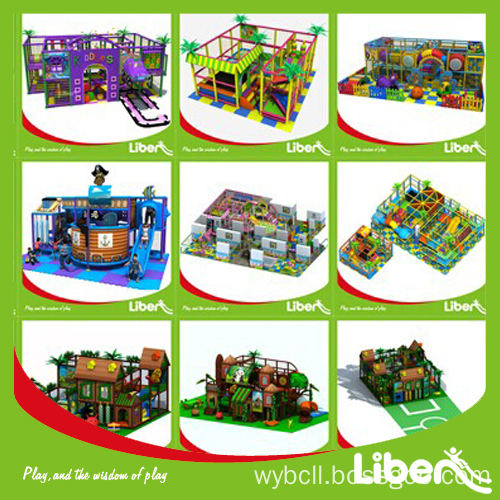

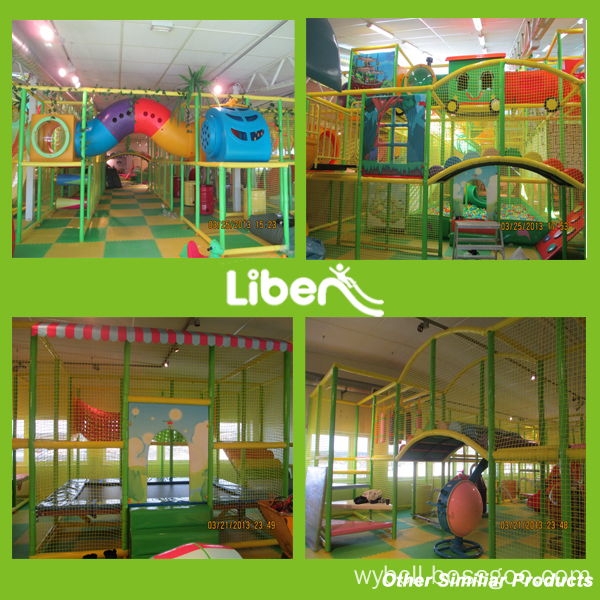
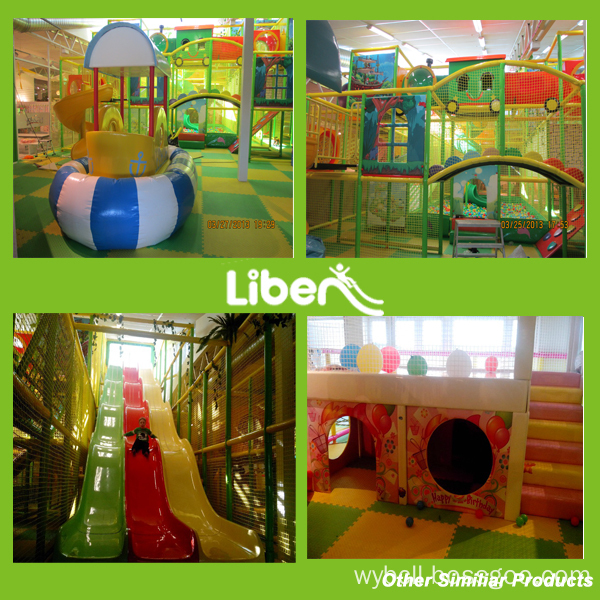
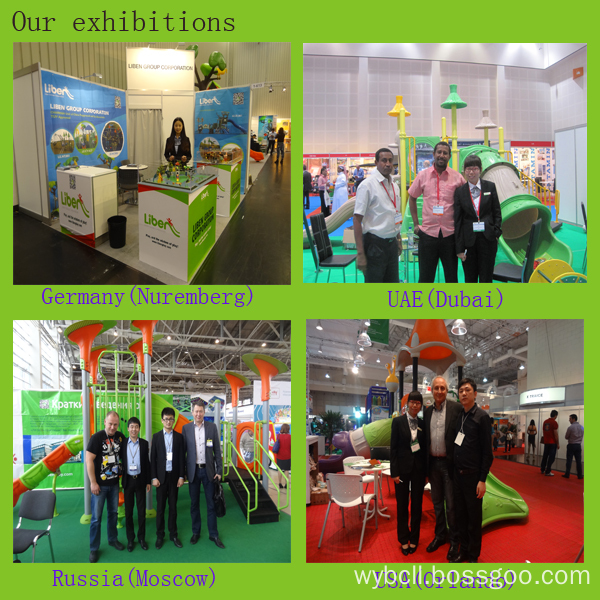
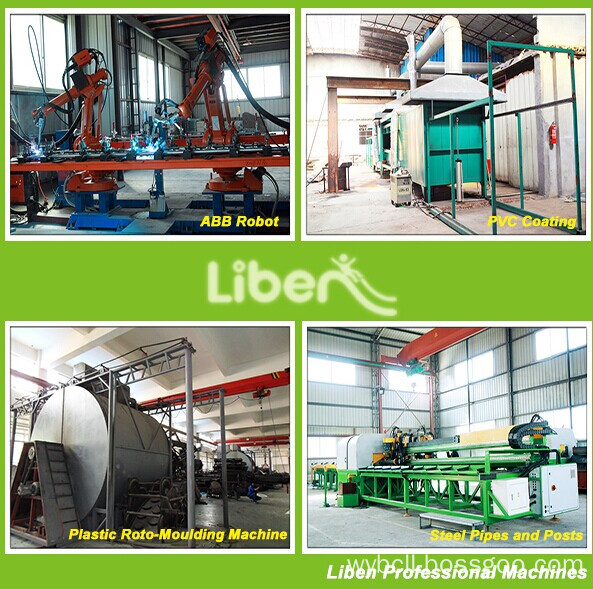
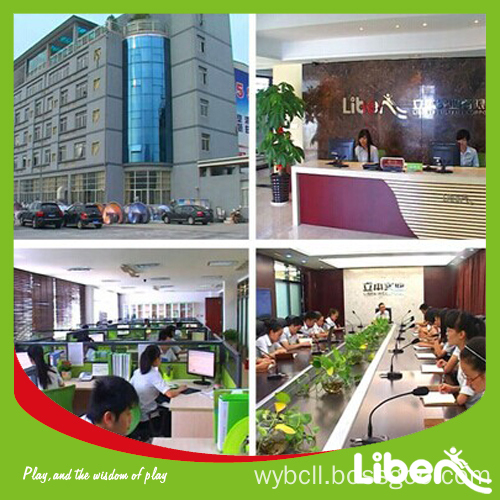
Candy Land Themed Indoor Playground Equipment
Candy Land Themed Indoor Playground Equipment, Plastic Indoor Playground, Soft Indoor Play
Liben Group Corporation , http://www.trampolinearea.com